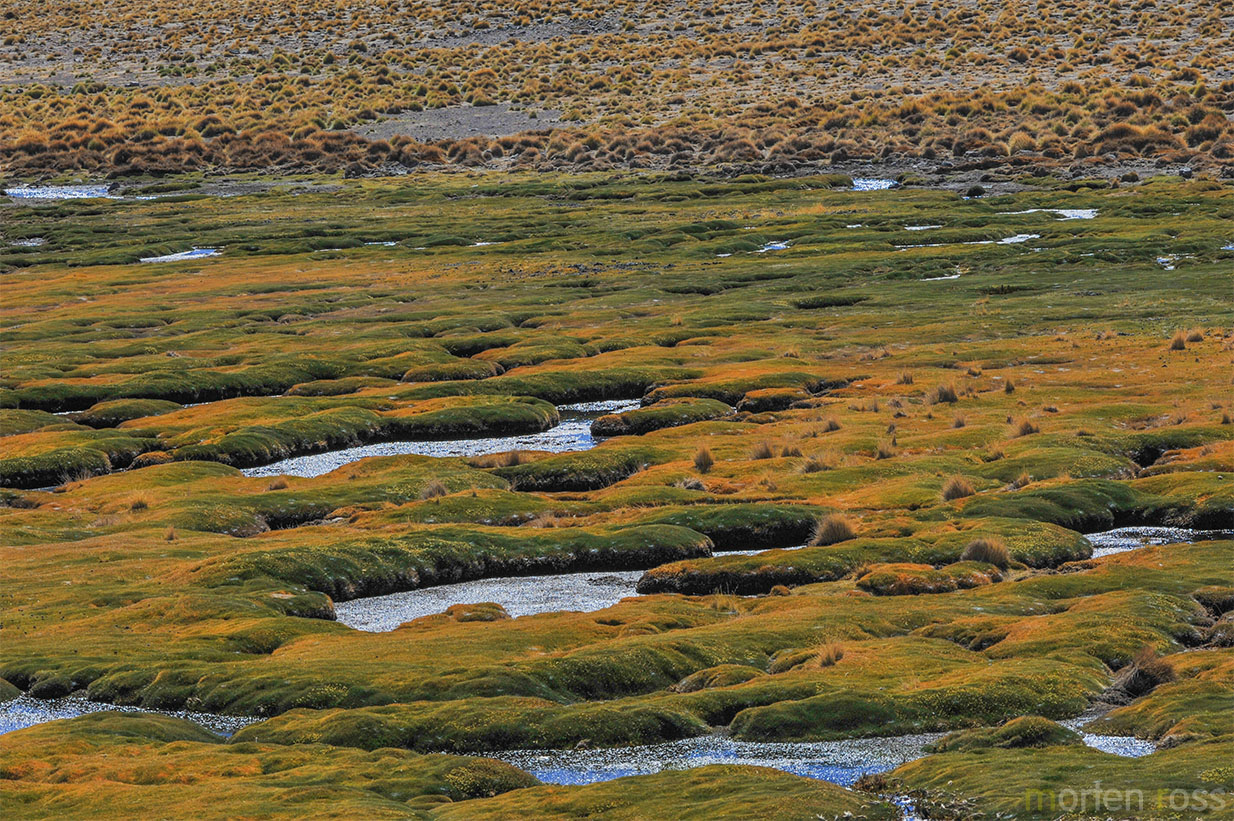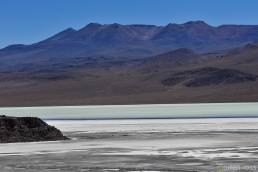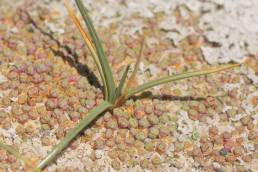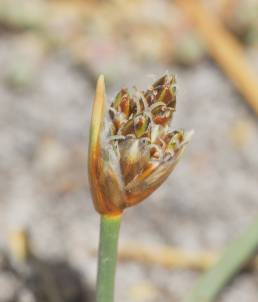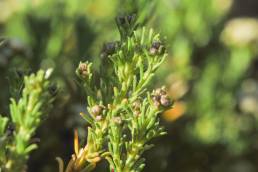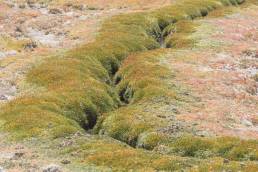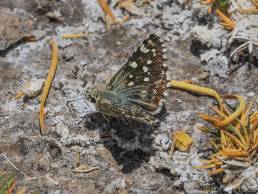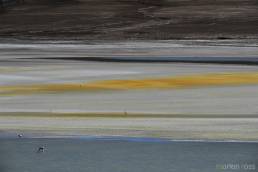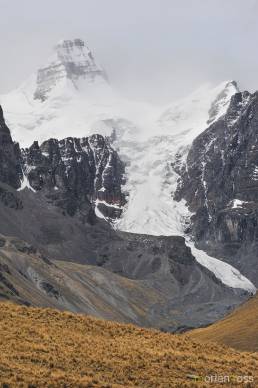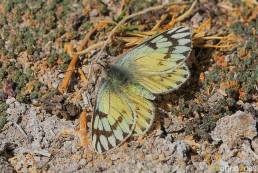A bog in a desert? How can that be? It’s possible due to stable springs. These springs feed small streams, rivers, and ultimately the many lagoons found here.
This is in fact no ordinary bog as we know from European lowlands, as much is quite hard to walk on due to the buildup not from moss, but hardy Altiplano cushion plants.
Their fate lies in the hand of humans, as is the case with the entire planet. Here mining in many forms demand huge quantity of water and in addition Europe and USA has become hooked on the alleged superfood Quinoa. A very hardy plant in the Chenopodioideae family we in Europe see as a common weed on shores an estuaries. As it’s very tolerant to salt and drought it’s perfect for the Altiplano as there is little or very irregular rain and the soil in many places is saturated with salts and minerals.
This in turn means that the natural vegetation is turned into vast Quinoa fields driving the local flora and fauna away to smaller and smaller pockets of natural habitat. The Quinoa is so profitable that Bolivians go to extreme efforts to grow it, and I saw fields in mountain sides so steep that I really couldn’t figure of how they could get anything to grow there.
Ultimately the need for water tip the balance and thus more and more springs, streams, bogs and lagoons will dry up for longer and longer periods until it becomes permanent.
I for one think more than twice when I look for imported food, as the products never list the environmental impact. The Quinoa is most likely a blip in the ever shifting universe of health food, but for how long only time will tell.
Last updated on 27 June 2024
